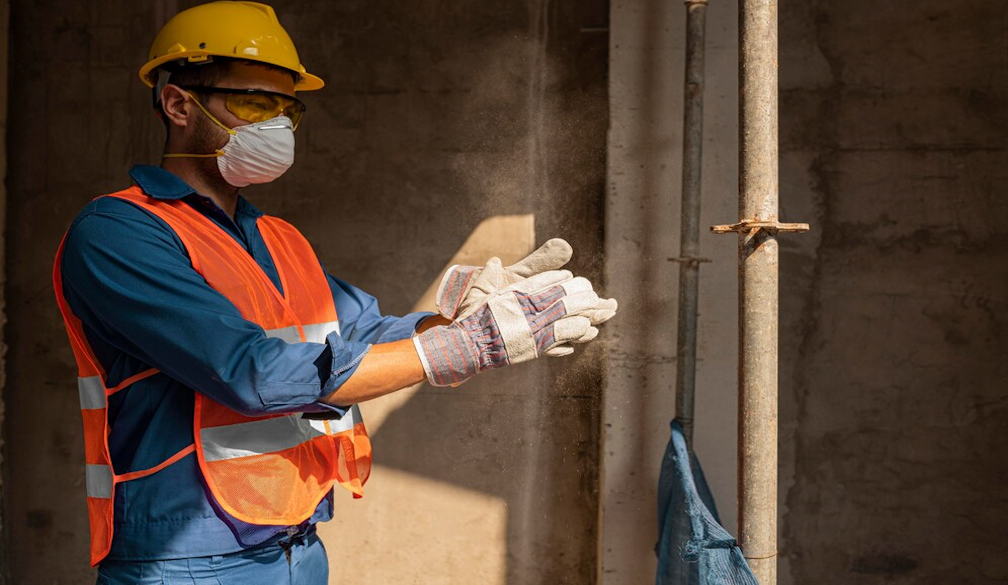Asbestos Disposal in Construction: Regulations and Best Practices

Asbestos remains a significant concern in construction, especially in older buildings. Asbestos remained widely used in insulation, roofing, and flooring for its heat insulation. However, asbestos is now a hazardous material. There are strict regulations on its handling and disposal. Proper asbestos management in construction is vital. It protects health and ensures legal compliance.
Understanding Asbestos in Construction
Asbestos consists of fine fibres easily inhaled when disturbed. Prolonged exposure can cause severe health issues, including asbestosis, lung cancer, and mesothelioma. These risks make safe asbestos handling a priority for all construction professionals.
Asbestos is often in older homes and buildings, built before its ban. It can be present in:
- Ceiling tiles
- Pipe insulation
- Cement sheets
- Roofing materials
Construction projects that disturb these materials require a strict plan for safe removal.
Regulations Governing Asbestos Disposal
Asbestos disposal laws vary by state. But they all aim to protect workers and the environment. Key regulations include:
- Licensed Removal: Only certified construction waste removal professionals can handle and dispose of asbestos.
- Workplace Safety Standards: Workers must wear protective gear, including respirators, gloves, and suits.
- Transportation Rules: You must securely seal asbestos in approved containers before transport.
- Designated Disposal Sites: Asbestos waste must go to licensed hazardous waste facilities.
Noncompliance with these rules can lead to heavy fines and harm public health.
Best Practices for Asbestos Management
To manage asbestos safely in construction projects, follow these best practices:
Conduct an Asbestos Survey
Before beginning any construction work, conduct a thorough asbestos survey. This identifies its location and condition, helping you plan removal without unnecessary risks.
Hire Licensed Professionals
Only attempt to handle asbestos with proper training. Licensed removal specialists have the skills and equipment to manage the material safely. They also ensure compliance with all legal requirements.
Minimise Disturbance
Avoid breaking, cutting, or drilling materials that may contain asbestos. Disturbing these materials can release dangerous fibres into the air.
Use Skip Bins for Safe Disposal
After removal, you must dispose of asbestos waste carefully. Gold Coast services use dedicated skip bins to ensure safe disposal at approved sites. Many skip hire companies manage hazardous waste. This gives construction pros peace of mind.
Keep Records
Maintain detailed records of asbestos surveys, removal processes, and disposal receipts. This documentation is often necessary for compliance checks and future project audits.
Conclusion
Asbestos disposal in construction demands careful planning and adherence to regulations. Hire licensed pros and use services like Skip Bins Gold Coast. This ensures safe, legal handling of the material. Protecting workers, clients, and the environment from asbestos hazards is a shared responsibility. Follow best practices and stay compliant. This will keep your construction projects safe and successful.

